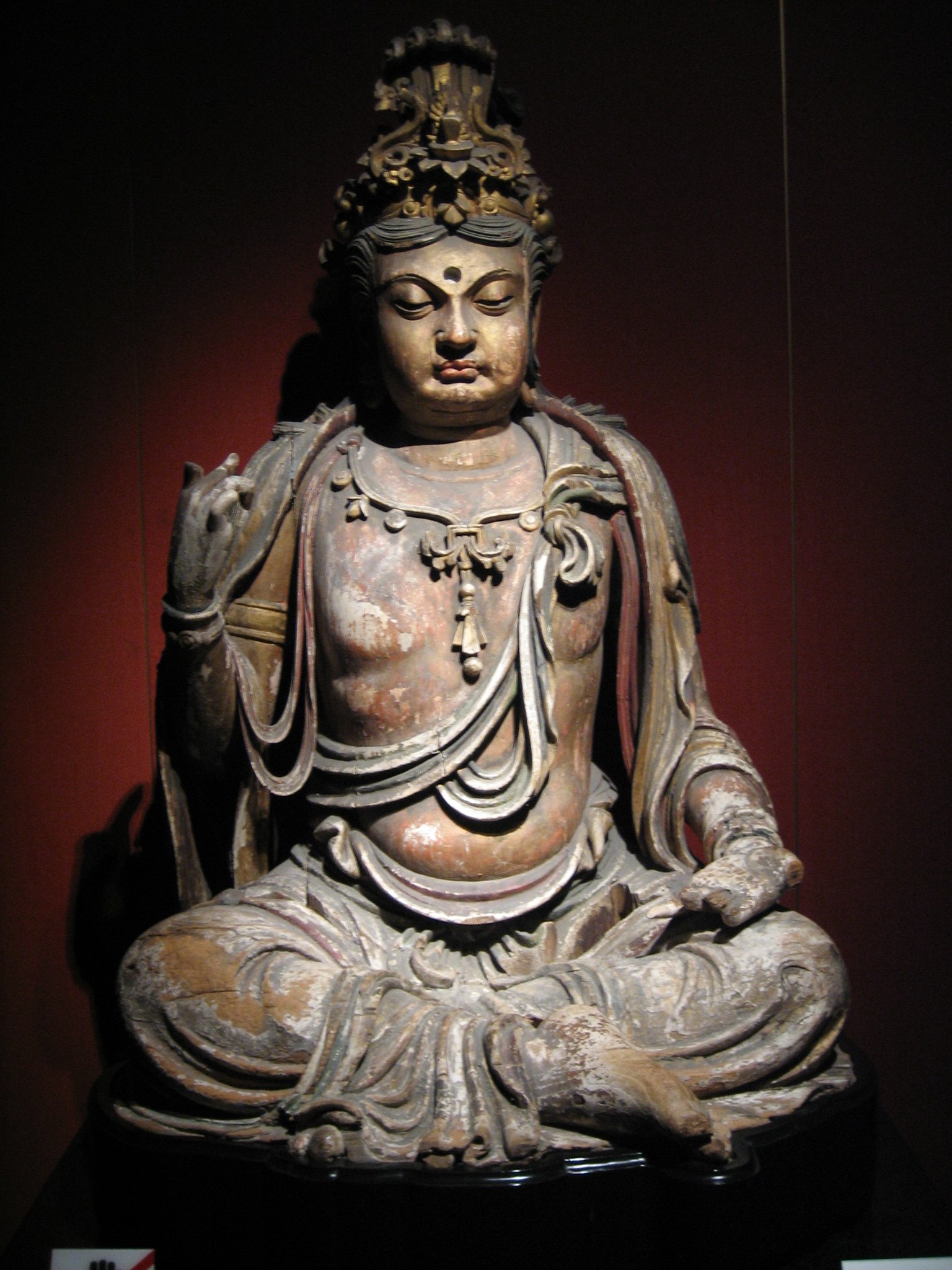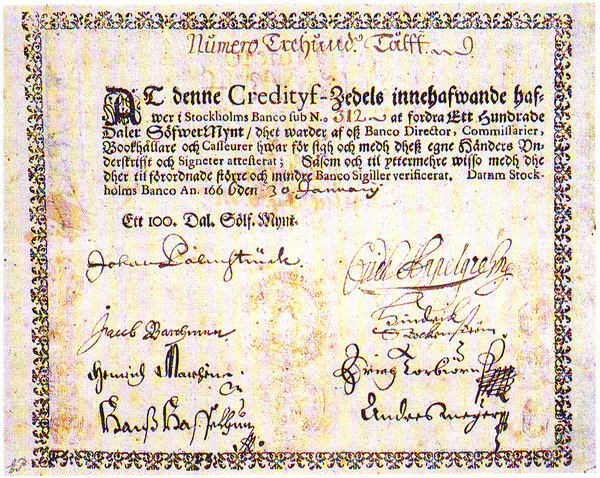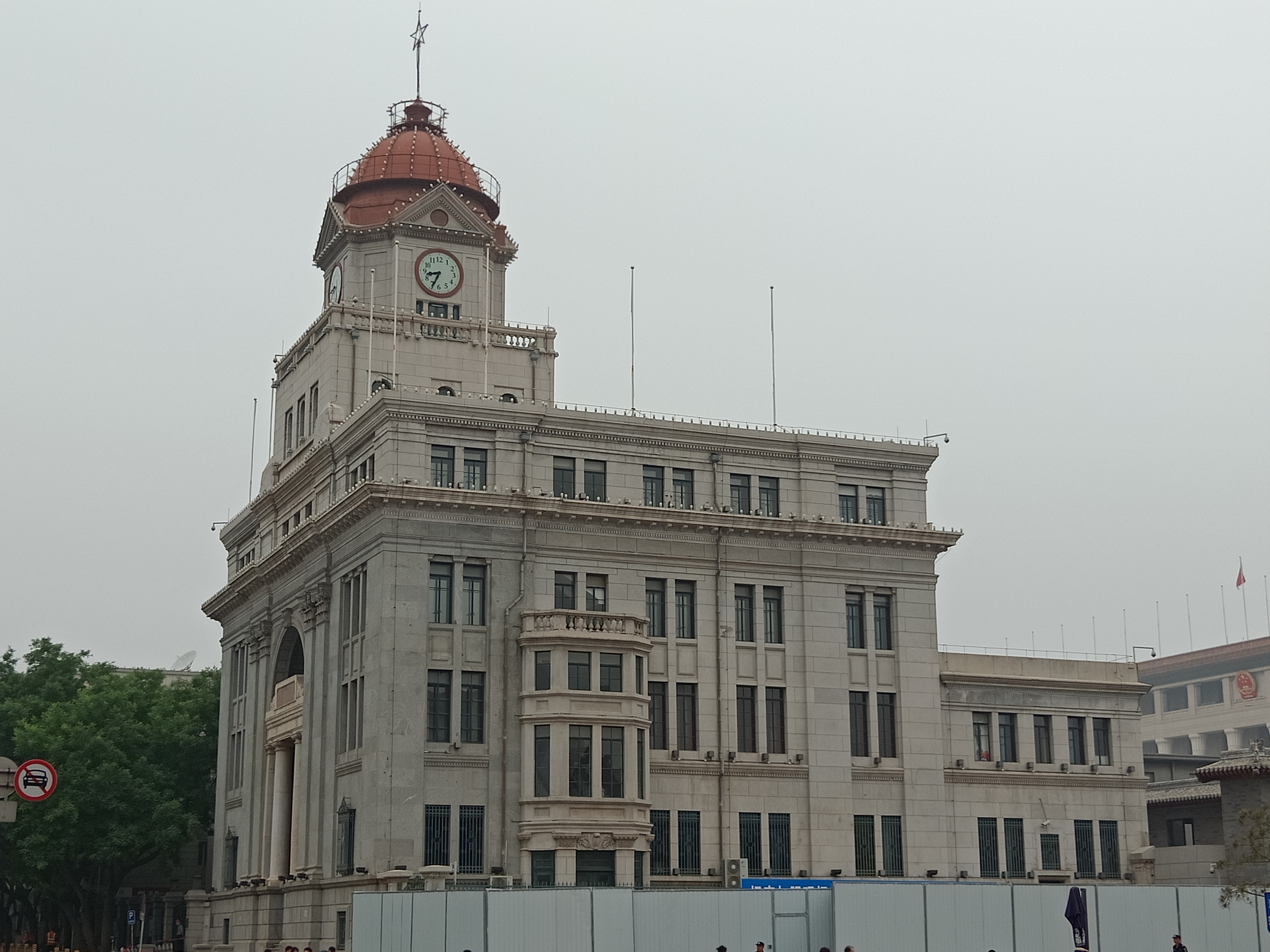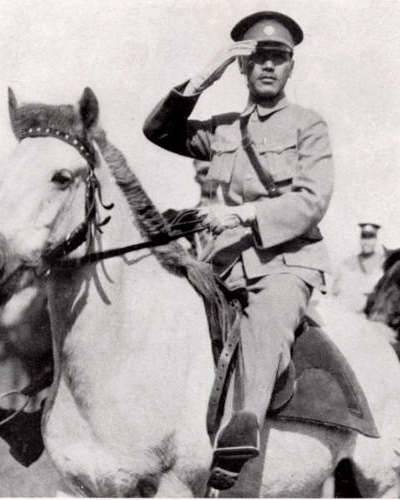|
Central Bank Of China
The Central Bank of the Republic of China (Taiwan), known from 1924 to 2007 as the Central Bank of China and still referred to under the acronym CBC, is the central bank of Taiwan. Originally founded in 1924 in Guangzhou, the CBC was expelled from Mainland China by the Chinese Communist Revolution in 1949 and relocated to Taiwan. It took over banknote issuance on the island from the Bank of Taiwan in 1961. Its legal and common name in Chinese is literally translated as the "Central Bank". The central bank is administered under the Executive Yuan of the ROC government. History Mainland China (1924-1949) The CBC was originally proposed in 1923 by Sun Yat-sen's Army and Navy Marshal stronghold of the Republic of China and was established in Guangzhou a year later, serving the Nationalist government from 1925. Following the success of the Northern Expedition, the CBC relocated to Shanghai and its head T. V. Soong negotiated a division of labor with the Bank of China ... [...More Info...] [...Related Items...] OR: [Wikipedia] [Google] [Baidu] |
Taipei
, nickname = The City of Azaleas , image_map = , map_caption = , pushpin_map = Taiwan#Asia#Pacific Ocean#Earth , coordinates = , subdivision_type = Country , subdivision_name = Taiwan , established_title = Settled , established_date = 1709 , established_title1 = Renamed Taihoku , established_date1 = 17 April 1895 , established_title2 = Provincial city (Taiwan), Provincial city status , established_date2 = 25 October 1945 , established_title3 = Retreat of the government of the Republic of China to Taiwan, Provisional national capital , established_date3 = 7 December 1949 , established_title4 = Reconstituted as a Yuan-controlled municipality , established_date4 = 1 July 1967 , capital_type = City seat , capital = Xinyi District, Taipei, Xinyi District , largest_settlement ... [...More Info...] [...Related Items...] OR: [Wikipedia] [Google] [Baidu] |
Central Bank Of Manchou
The Central Bank of Manchou (; Japanese language, Japanese Hepburn romanization, Hepburn: ''Manshū Chūō Ginkō''), was the central bank of the Empire of Japan, Japan-Puppet state, sponsored state of Manchukuo, created in 1932. It was thus one of the "puppet" bank of issue, banks of issue established by the Japanese occupation forces, together with the Mengjiang Bank (1937-1945), United Reserve Bank (1938-1945), Huaxing Commercial Bank (1938-1941) and Central Reserve Bank of China, Central Reserve Bank (1941-1945) Overview The original plan for the bank can be traced to an October 1907 meeting between Takahashi Korekiyo, then president of the Yokohama Specie Bank, and Gotō Shinpei, then president of the South Manchuria Railway, in which Gotō proposed the establishment of a "colonization bank" (''takushoku Ginkō'') to finance the agricultural and industrial development of Japanese-controlled territories in Manchuria. Nearly a quarter-century later, the bank was established b ... [...More Info...] [...Related Items...] OR: [Wikipedia] [Google] [Baidu] |
Northeast China
Northeast China () is a geographical region of China, consisting officially of three provinces Liaoning, Jilin and Heilongjiang. The heartland of the region is the Northeast China Plain, the largest plain in China with an area of over . The region is separated from the Russian Far East to the north and east by the Amur, Argun and Ussuri Rivers; from North Korea to the south by the Yalu and Tumen Rivers; and from the neighboring North China to the west by the Greater Khingan Range and Yan Mountains. It is also bounded by the Bohai Bay and Yellow Sea to the southwest, about away from East China's Jiaodong Peninsula across the Bohai Strait, due to be connected via a proposed undersea tunnel. The four prefectures of Inner Mongolia (which is part of North China) east of the Greater Khingan, i.e. Chifeng, Tongliao, Hinggan and Hulunbuir, are sometimes also considered broader parts of Northeast China, and together with the aforementioned three provinces formed what was h ... [...More Info...] [...Related Items...] OR: [Wikipedia] [Google] [Baidu] |
Bank Of Issue
A bank of issue, also referred to as a note-issuing bank or issuing authority, is a financial institution that issues banknotes. The short-lived Stockholms Banco (1657-1667) printed notes from 1661 onwards and is generally viewed as the first-ever bank of issue. Banks of issue are thus a more recent creation than transfer or giro banks, which create money in accounts on a ledger, the oldest recorded being the Taula de canvi de Barcelona established in 1401. In many countries and particularly during the 19th century, several banks were authorized to issue notes that had simultaneous status as legal tender. The authorization, often referred to as the issuance privilege, was generally granted by the government on a bank-specific basis and for a limited period of time. During the 20th century, the role of bank of issue has been increasingly assumed by central banks in their respective territorial jurisdictions. In the 21st century, "bank of issue" and "central bank" have become e ... [...More Info...] [...Related Items...] OR: [Wikipedia] [Google] [Baidu] |
Farmers Bank Of China
The Farmers Bank of China was a major bank in China, one of the "big four" banks of issue in the 1930s together with the Bank of China, Bank of Communications, and Central Bank of China. Overview The Farmers Bank was founded on in Hankou (modern day Wuhan) from the amalgamation of provincial agricultural banks in Henan, Hubei, Anhui and Jiangxi. Governed by the Farmers Bank of China Law, the bank was established to stimulate agricultural development by providing lines of credit to farmers and rural landowners. The loans were intended for use to purchase equipment and crops. The bank was initially under majority government ownership. The bank became one of the four major banks of the Nationalist era of China. Along with the Central Bank of China (currently the Central Bank of the Republic of China), Bank of China and Bank of Communications, the Farmers Bank of China was allowed to issue its own banknotes until late July 1942, when it lost its note-issuance privilege where ... [...More Info...] [...Related Items...] OR: [Wikipedia] [Google] [Baidu] |
Bank Of Communications
Bank of Communications (BOCOM or BankComm) is a Chinese multinational banking and financial services corporation. It was originally established in 1908 and was one of a handful of domestic Chinese banks that issued banknotes in modern history. Following the Chinese Communist Revolution in 1949, the mainland operation of that bank were merged into the People's Bank of China and People's Construction Bank of China under the Communist single-tier banking system, while its continuation in Taiwan eventually became part of Mega International Commercial Bank. In 1986, the Bank of Communications was revived in the mainland as a commercial credit institution. It was listed on the Stock Exchange of Hong Kong in June 2005 and the Shanghai Stock Exchange in May 2007. The Bank was ranked No. 151 among the Fortune Global 500 in terms of operating income and No. 11 among the global top 1,000 banks in terms of Tier 1 capital rated by the London-based magazine The Banker. In 2023, the compa ... [...More Info...] [...Related Items...] OR: [Wikipedia] [Google] [Baidu] |
Big Four (banks)
The Big Four (or Big 4) is the colloquial name given to the four main banks in several countries where the banking industry is dominated by just four institutions and where the phrase has thus gained relevance. Some countries include more or fewer institutions in such rankings, leading to other names such as Big Three, Big Five, or Big Six. International use Internationally, the term "Big Four Banks" has traditionally referred to the following central banks: Australia In Australia, the "big four banks" refers to the four largest banks that have historically dominated Australia's banking industry in terms of market share, revenue, and total assets. The "big four banks" of Australia are: A longstanding policy of the federal government in Australia has been to maintain this status quo, called the four pillars policy. The policy has been maintained through the Global Recession of 2008–09, as Westpac acquired St George Bank and the Commonwealth Bank acquired Bankwe ... [...More Info...] [...Related Items...] OR: [Wikipedia] [Google] [Baidu] |
Bank Of China
The Bank of China (BOC; ; Portuguese language, Portuguese: ''Banco da China'') is a state-owned Chinese Multinational corporation, multinational banking and financial services corporation headquartered in Beijing, Beijing, China. It is one of the "Big four banks, big four" banks in China. As of 31 December 2019, it was the second-largest lender in China overall and ninth-largest bank in the world by market capitalization value, and it is considered a Systemically important financial institution, systemically important bank by the Financial Stability Board. As of the end of 2020, it was the List of largest banks, fourth-largest bank in the world in terms of total assets, ranked after the other three Chinese banks. The Bank of China was formed in 1912 by renaming the Qing dynasty's Da-Qing Bank (est. 1905) under the newly established Republican government. Until 1942, it issued banknotes on behalf of the government as one of the "Big Four" banks of the period, together with the ... [...More Info...] [...Related Items...] OR: [Wikipedia] [Google] [Baidu] |
Northern Expedition
The Northern Expedition was a military campaign launched by the National Revolutionary Army (NRA) of the Kuomintang (KMT) against the Beiyang government and other regional warlords in 1926. The purpose of the campaign was to reunify China proper, China, which Warlord Era, had become fragmented in the aftermath of the 1911 Revolution. The expedition was led by Generalissimo Chiang Kai-shek, and was divided into two phases. The first phase ended in a 1927 political split between two factions of the KMT: the right-leaning Nanjing Nationalist government, faction, led by Chiang, and the Government of the Republic of China in Wuhan, left-leaning faction in Wuhan, led by Wang Jingwei. The split was partially motivated by Chiang's Shanghai massacre, Shanghai Massacre of Communists within the KMT, which marked the end of the First United Front. In an effort to mend this schism, Chiang Kai-shek stepped down as the commander of the NRA in August 1927, and went into exile in Japan. The sec ... [...More Info...] [...Related Items...] OR: [Wikipedia] [Google] [Baidu] |
Nationalist Government
The Nationalist government, officially the National Government of the Republic of China, refers to the government of the Republic of China (1912–1949), Republic of China from 1 July 1925 to 20 May 1948, led by the nationalist Kuomintang (KMT) party. Following the outbreak of the 1911 Revolution, Xinhai Revolution, revolutionary leader Sun Yat-sen was elected to be China's List of Presidents of the Republic of China, provisional president and founded the Provisional Government of the Republic of China (1912), Provisional Government of the Republic of China. To preserve national unity, Sun ceded the presidency to military strongman Yuan Shikai, who established the Beiyang government. After Empire of China (1915-1916), a failed attempt to install himself as Emperor of China, Yuan died in 1916, leaving a power vacuum which resulted in China being divided into several Warlord Era, warlord fiefs and rival governments. They were nominally Chinese reunification (1928), reunified in 1 ... [...More Info...] [...Related Items...] OR: [Wikipedia] [Google] [Baidu] |
Army And Navy Marshal Stronghold Of The Republic Of China
The Army and Navy Marshal stronghold (Chinese Language: 中華民國陸海軍大元帥大本營) was the government that led the Southern Government after the defeat of the Constitutional Protection Movement, Second Constitutional Protection Movement. The presidential system was replaced by a one-party state under the principle of military regime, military rule. History After Chen Jiongming's subordinates launched the June 16 Incident in 1922, Sun Yat-sen left under the escorts of Jiang Zhongzheng and Chen Ce on the Chinese gunboat Zhongshan, Yongfeng ship. In early August, he retreated from Guangdong and settled in Shanghai, where Lu Yongxiang (warlord), Lu Yongxiang's sphere of influence was. The government of the Republic of China in Guangzhou collapsed and the Second Constitutional Protection Movement failed. Chen Jiongming occupied Guangzhou and served as commander-in-chief. On January 4, 1923, Sun Wentong telegraphed Chen Jiongming and bought the Dian Army of Yang Ximin and ... [...More Info...] [...Related Items...] OR: [Wikipedia] [Google] [Baidu] |





